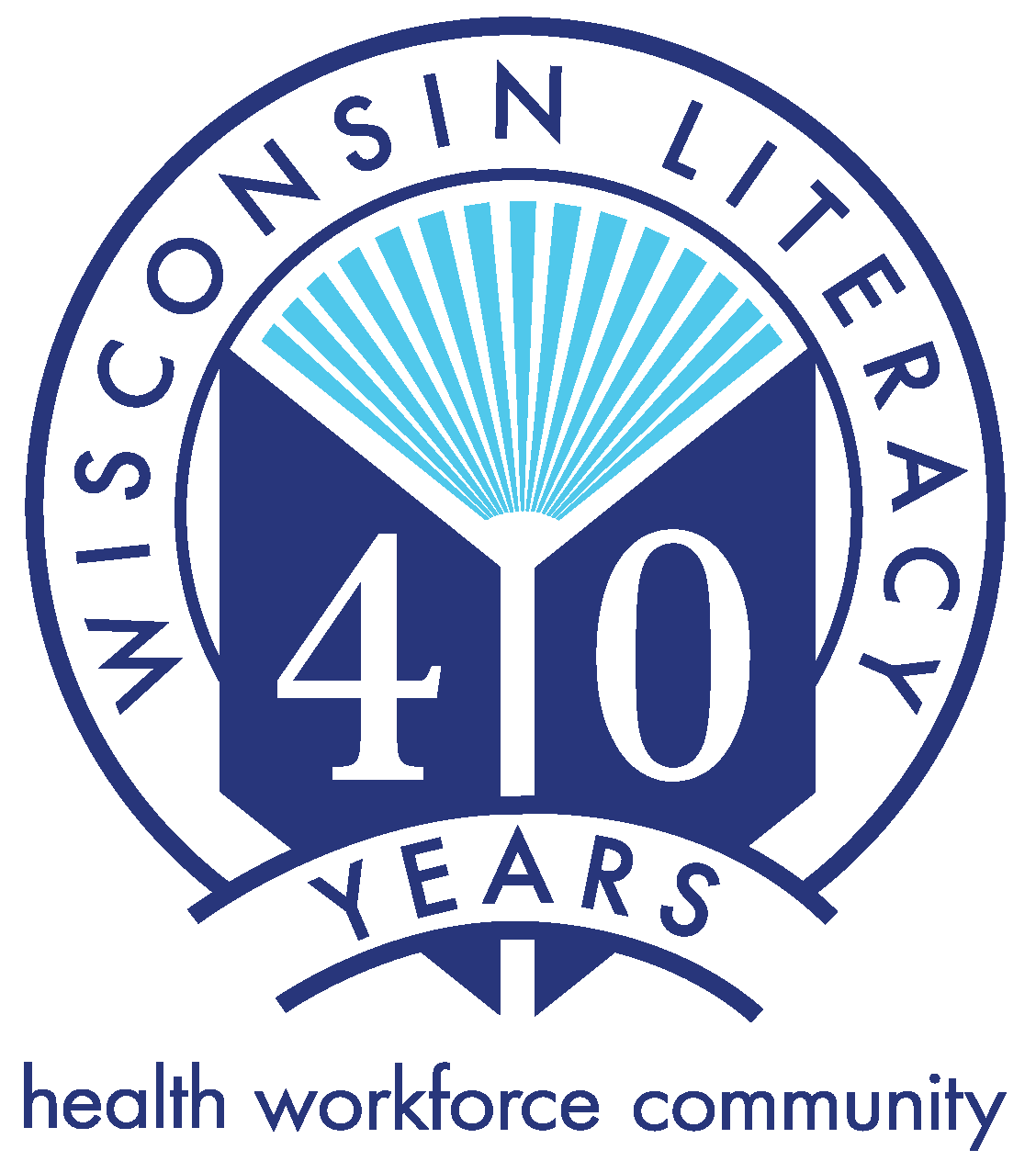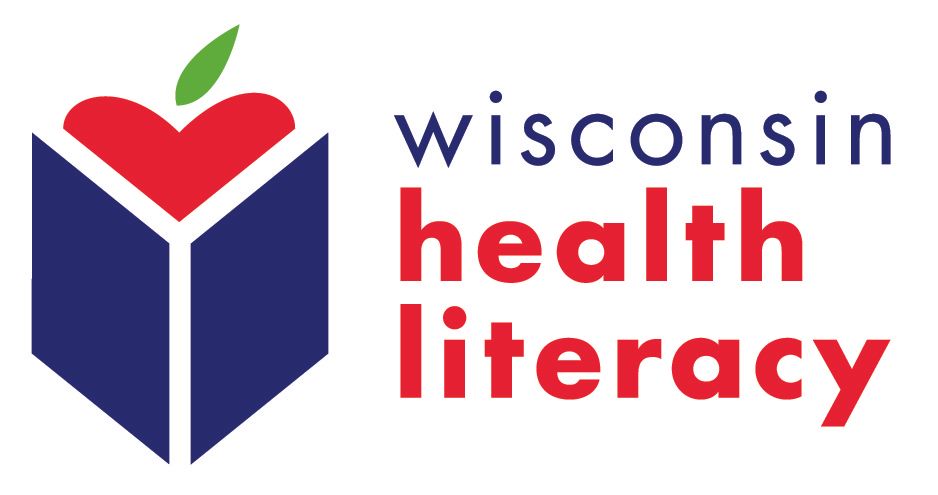ELL Group Instruction
Group classes are a great way to:
- build community among your adult learners
- offer an option to learners who are on a wait list for a tutor
- supplement tutor instruction
English Language Learner (ELL) classes:
- incorporate reading, writing, listening and speaking skills
- focus on authentic, everyday language
- can be multi-level (English for Work, Conversation Group, etc.)
- can be level-specific (ELL 1, ELL 2, ELL 3, etc.)
- are held in locations accessible to learners
- are taught by paid, experienced instructors or volunteers
- who have demonstrated reliability and expertise
- are often free or low-cost
- may require learners to buy a textbook or workbook
- often offer on-site childcare
- might have an attendance policy
How do I begin ELL classes?
Needs Assessment
- Find out if classes are necessary and feasible. Ask:
- Have enough learners expressed interest in attending group classes?
- Can we find a schedule that will work for learners and our staff?
- Do we have physical space for classes?
- Do we have a paid or volunteer instructor?
- Who will supervise the instructor?
- Does anyone else in our community offer group classes?
- If yes, is there a barrier for our learners to attend those classes?
- How will our classes be different/more accessible?
- Have we tried to offer group classes in the past?
- If yes, what were the challenges and why did we stop?
- How do group classes fit in with our other programming?
- How will we measure outcomes/progress?
- Will the classes be drop-in or must learners register?
- Do we need a minimum number to offer group classes?
- What support services will learners need? (childcare, transportation)
Skills Assessment
You must know learners’ proficiency levels to decide:
- what level(s) to offer
- how many class sessions to offer
- what curriculum and instructional materials to use
- what outcomes to measure
Curriculum Development
Work with your instructor(s) to identify:
- program outcomes: key areas of growth
- instructional competencies: language tasks to meet outcomes
- instructional materials: 4-skills text (ex. Ventures) supplemented with authentic materials that reflect your learners’ daily communication
Curriculum development is an ongoing activity. Make sure your instructor knows how many hours to dedicate each week to curriculum development, in addition to instruction. Remember that needs and objectives may change as you get to know your learners better.
Instruction
- Consider setting a shorter, “pilot” course to start (ex. 6 weeks)
- Choose a schedule that works for the largest group of learners
- If possible, have classes meet 2 times per week for 1.5 hours each time
- Address barriers before classes start (childcare, transportation, etc.)
- Call learners before class sessions to remind them to come
- Call absent learners; tell them they were missed and ask about barriers
- Outline a plan for instructor observations and performance reviews
Resources:
www.cal.org/caela/esl_resources/faqs.html
Recommended publishing companies and websites that offer adult ELL curriculum:
- New Readers Press: www.newreaderspress.com
- Houghton Mifflin Harcourt: steckvaughn.harcourtachieve.com
- Alta Publications: www.altaesl.com
- Delta systems: www.delta-systems.com
- ESL-Lounge: www.esl-lounge.com/premium/why-join.php
How do we support pre-literate and beginning ELLs in group classes?
Dictations
- Use learner names, phone numbers and addresses
- Add names and contact info for local tech college, public school, clinic, etc.
- Use tactile activities (drawing letters in sand or manipulating letter tiles)
Phonics
- Use the vocabulary from your lesson to highlight:
- minimal pairs (e.g., hat/cat, pan/fan)
- initial/final word sounds.
- Use authentic materials (flyers, brochures) to contextualize phonics exercises
Authentic Dialogues
Great for authentic practice in multi-level classes!
Make 3 versions (beginning, medium and hard) and remove information accordingly to make a cloze activity. You read one dialog for the entire class, but each learner uses the handouts that match their individual levels.
Here's how:
- Say or record an authentic but short dialog.
- Learners simply listen the first time.
- As a couple simple comprehension questions.
- Hand out the cloze activity. (
- Remove words/numbers/phrases according to learner levels.
- Print the whole script on top and cloze activity on bottom.
- Fold the papers; hand them out with cloze activities facing up.
- Learners listen and read along to fill in missing information.
- Encourage clarifying phrases:
- “Can you say that slower?”
- “Can you repeat that?”
- “How do you spell that?”
- Learners unfold papers; compare close activity answers with whole script.
- Learners practice reading the dialog aloud with partners.
- Learners organize sentence strips to recreate the dialog.
- Learners use specific scenarios to complete partially written dialogs.
- Learners use specific scenarios to write their own dialogs.
- Learners choose scenarios to role play (no script) with classmates.
Example workplace dialog
Vocabulary-building activities
Remember to focus on only 5-8 new vocabulary words at a time!
- Give students pictures that represent the vocabulary you will study.
- Say words aloud and have learners choose the correct pictures.
- Ask learners to lead the activity (say vocabulary words for the class).
- Learners can label pictures or match written words to pictures
- Other options: Flash cards, concentration, vocabulary journals, bingo
Class surveys
Class surveys help build community and offer reading, writing, speaking and listening practice.
- Classmates ask each other questions (ex. What month were you born?)
- They record answers on a form.
- The class shares answers to make a chart or graph.
- You can use the list for alphabetizing practice.
- Do a “find someone who…" activity – learners ask specific questions to fill in descriptors.
Language Experience Approach (LEA)
- Use an image, event or shared experience to develop a story as a class.
- Record exactly what learners say, using vocabulary relevant to them.
- Use the learner-generated text for:
- vocabulary practice
- phonics exercises
- cloze activities
- reading aloud
- dictation
- etc.
Should we continue classes as they are, make changes or discontinue?
Consider:
- Was attendance steady?
- If learners stopped coming, what were the reasons or barriers?
- Can you address these barriers in future classes?
- Are learners interested in continuing?
- Do you have learner feedback on schedule, instruction, materials, etc.?
- Are new learners interested in joining?
- What progress did learners make? Review individual and class achievements, post-assessments and learner feedback.
- Do you have staff/volunteers and funding to continue?

